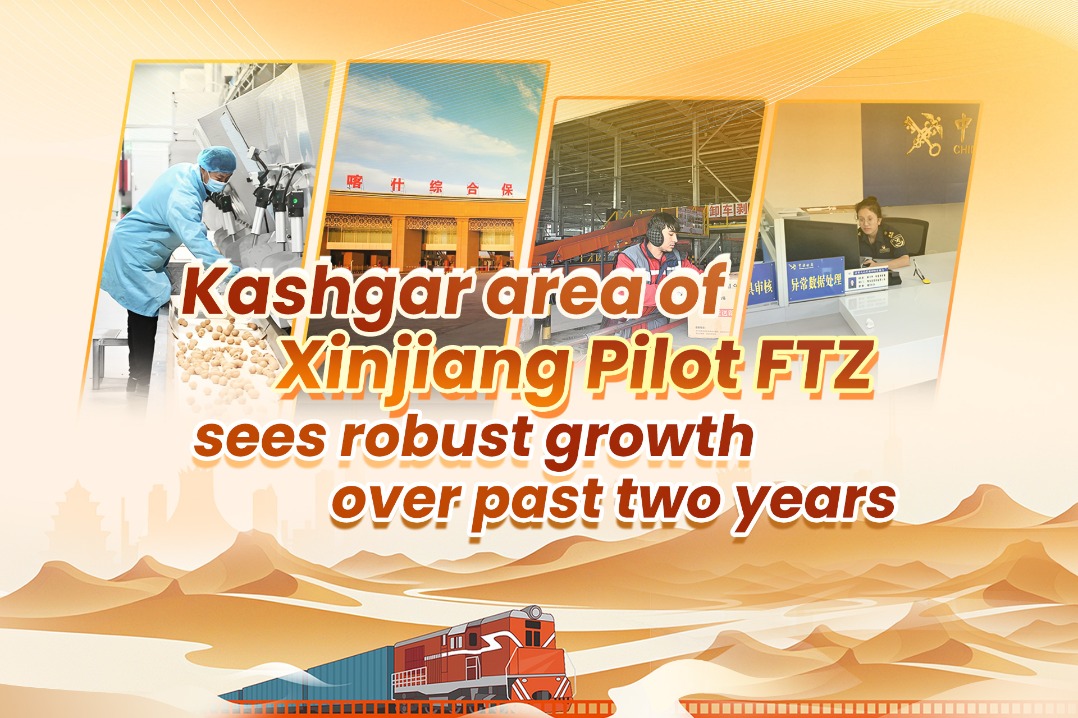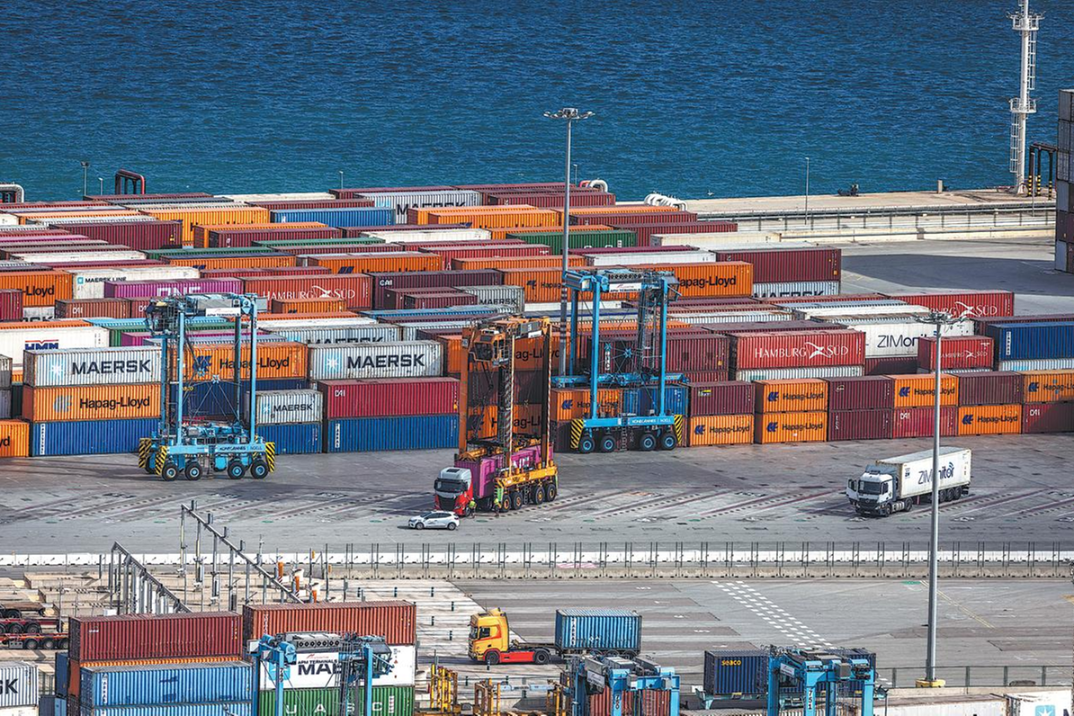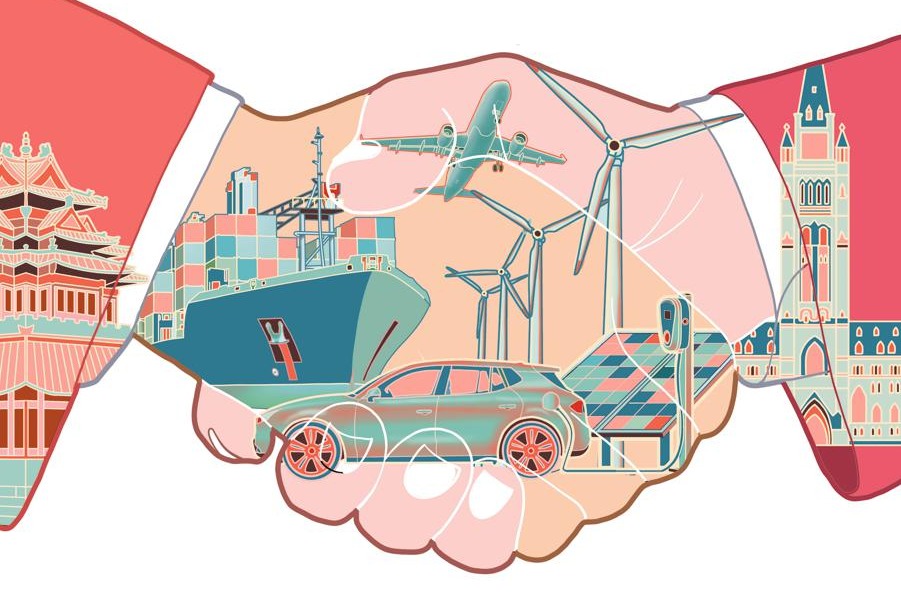Nepal's commitment to BRI


Nepal formally joined China the Belt and Road Initiative (BRI) framework in May 2017, sending out two signals to China and the broader world. The first was Nepal’s commitment to advancing China-Nepal relations to a new height and the second was the country’s keenness to benefit from the development that China has achieved in the last four decades since it embraced reform and opening-up policy.
Expectations and achievements
Nepal has pinned hopes on China following its participation in the BRI, the world’s largest-ever development and strategic plan. Nepal’s expectations come in some key areas of development and cooperation.
The first is Nepal is willing to attract Chinese investments for development of mega infrastructure projects mainly in tourism, hydropower, industries and technology transfer. Likewise, Nepal is eyeing developing connectivity by linking Nepal with Chinese railways. The upsurge in human mobility between the two countries and people would result in vast benefit for Nepal after the development of the Chinese railways.
At the meantime, arrival of high-end Chinese tourists in Nepal to visit the birth place of Buddha in Lubmini would result in transformation of Nepal’s economy. In general, Nepal’s involvement in BRI is understood not only for infrastructure development despite railways becoming important to Nepal but also for solidifying the longstanding China-Nepal relations based on mutual cooperation, shared benefits and highest level of trust. So, the BRI framework should be construed as a milestone for bilateral relations. It is clear to everyone that Nepal and China are good neighbors, good friends and good partners and the areas of cooperation in various fields on the basis of equality, mutual benefits and mutual respect.
The exchanges at various levels at the political leadership have covered more solid ground--an achievement after BRI agreement—and Nepal is looking forward to welcome President Xi Jinping.
Likewise, people-to-people relations and dozens of cultural exchanges are the other tangible achievements that everyone could realize while the number of Chinese scholarships to Nepali students at various levels has further increased. More interestingly, for the first in China-Nepal relations, nearly three dozen Chinese NGOs have announced their commitment to work in Nepal on different areas of cooperation. The Chinese NGOs are expected to cooperate with the government of Nepal is some key areas including education, post-earthquake reconstruction, human resource development and training and so forth.
The way forward
Nepal wants to reap the shared benefits from its participation in BRI from its enormous potential and witness the development of Chinese railways, welcome Chinese investment in the politically stable Nepal and benefit from technology transfer.
This is further solidified through the recent bilateral talks between Nepal’s Prime Minister Khadga Prasad Sharma Oli and Chinese Premier Li Keqiang and issuance of 14-point joint communiqué identifying the areas ranging from infrastructure, railway, energy, post-disaster reconstruction, cultural exchange and human resources where Li expressed China’s eagerness to strengthen cooperation with Nepal in areas such as infrastructure connectivity, logistics and trade and investment under the BRI framework. Nepal should lay more emphasis on five major areas i.e connectivity, free trade, financial integration, policy coordination and people-to-people relations as agreed in the BRI framework.
Mahendra Subedi is a social researcher and journalist in Kathmandu.
The opinions expressed here are those of the writer and do not represent the views of China Daily and China Daily website.


































